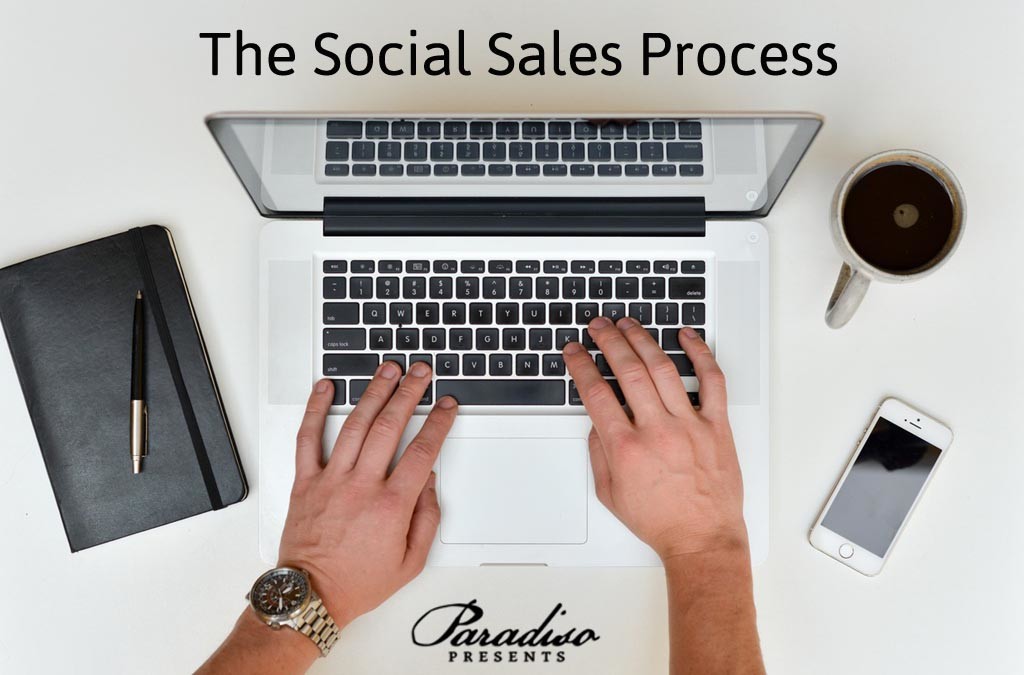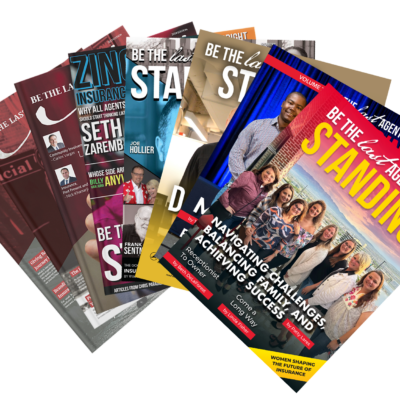An integral part of the insurance sales process is getting to know your prospects and establishing relationships (yes, building trust), and it turns out that social media can help you accomplish this quickly and easily.
“Social media allows salespeople to see what prospects are saying about their brand, products and competitors,” says Janet Fouts, a social media coach at Tatu Digital, which is a social media and digital marketing agency. “You can really get to know his or her needs through social listening. It’s a great way to research a market and initiate conversation leading to a sale.”
Mari Smith, a social media guru, agrees. “Not only can it help you generate new leads, but it allows you to build deeper relationships with existing clients and prospects that drives them to purchase again and again,” she adds. Mari also went on to say the more your social brand is seen the more trust you build. Lets always remember the sale comes down to one thing and that is trust.
Facebook, LinkedIn, and blog platforms have proven to be essential for my insurance agency and I’m sure that the same could be said for salespeople in other industries.
One insurance agent I know out of Arizona uses LinkedIn to connect with her audience and sell EPLI policies.. In her agency blog, she shares great educational pieces about EPLI, and she has become an expert in this area. She also offers an e-newsletter which contains additional educational pieces. As a result, her existing customers come back to her and her blog for information and education. She has become the go-to person. Her audience then shares her educational blogs on EPLI in their niche groups, which is like getting a recommendation from them, and that leads to more prospects overall. This all leads to her posts being shared on various social networks, which leads to even more new prospects and customers for her. She has built a thriving business with new customers, but also a heck of a renewal percentage – all from her educational blogs.
So how can you use social media to make sales?
Step 1: Figure out the best way to connect with prospects.
Colleen Francis (The Sales Leader) says that before joining a social network to make sales, you must know and understand your client base. “Social media is a smart selling tool only if your clients and prospects are using social media. It’s a huge waste of your time if your clients are spending their time elsewhere.”
But, if you learn that they (your audience/prospects) are indeed using popular sites like Pinterest, Facebook, Twitter, and LinkedIn, then you need to determine which space is best for connecting and interacting with them. Facebook is one of the best arenas for your insurance agency to get personal line policies, because as the younger generation is moving over to Instagram, the ideal prospects for us are in the Facebook world. If you’re looking to write commercial lines insurance, I would recommend you go to a B2B platform like LinkedIn. If your agency is having a closing ratio issue, I would recommend you use Pinterest because this is the best social site to help you and your agency to create and find commonality. Understanding the social sites is half the battle.
With that said about Facebook, let’s take a closer look at Facebook’s algorithm. Insurance agencies without an advertising budget won’t get much visibility due to the pay-to-play algorithm. It’s also very important for agencies and their brands to consider social tools like Instagram, Twitter, and Pinterest along with their Facebook strategy in order to increase visibility and sales. Instagram is the big thing today, because the younger generation is running from their parents, plus this generation loves the visual content. So with that being said, posting visuals and just talking about insurance is most likely not going to work. But like all social sites, you must post great visual content to be seen in this very loud internet/social world. It’s all about engaging with the community, presenting information in a fun and interesting manner, and offering a collection of visuals/images and posts that appeal to the lifestyle of your end-user.
LinkedIn is a professional social networking environment, so this is the right place to connect with people in the corporate world and the larger organizations.
You can use Twitter for all kinds of sales and branding ideas. The primary use of Twitter should be for listening, and not necessarily broadcasting your agency’s message. Use what you hear as leverage to pick up the phone and call and/or private message the prospect. Listen for problems that you and your agency can solve.
Blogs, live chats, call to action boxes, and comment sections on your agency’s websites are also great places to generate leads. You can really find great prospects any place online you just have to pay attention to where and what social avenues those prospects are talking in.
Let’s not forget, insurance agents have been successful in blogging about issues related to the problems their insurance products solve, as well as participating in online forums where these topics are discussed. Meeting someone at their point of need with a solution is key, because an agent can then create a lead who is interested in learning more about your agency’s insurance products and or service.
The major key is to learn to find out where your market/niche is having conversations, and then go there.
Step 2: Join a community and create a persona.
It all starts by spending some time and energy with the tool you plan to use for your agency. Build up a personal account, have conversations, and become acquainted with the norms and expectations of the community. You need to get comfortable in that community and that is only going to happen by getting engaged. Without misrepresenting yourself and/or your agency, create a persona that’s likeable and trustworthy within that community. If I think you’re arrogant and pompous when I see you on a particular social media site, I’m not going to do business with you. You should comment a lot to get comfortable with people to push them to go to your agency’s site. You can’t abuse or misuse social media, and you need to listen to your audience and not be the only one talking. You need to show your social audience and networks that you’re an amiable and a trustworthy resource.
Step 3: Connectability.
It’s up to you to friend, follow or connect with individuals with profiles that match your prospects and clients. Great, how do you do this?
Conduct a search on each of your agency’s social networking platforms, or use a resource like socialmention.com. Alternatively, here is a list of other sites to chose from to find people who are talking about your industry or using related keywords. After that, go out there in the social world and comment on their posts, share them, retweet them, or even answer a question. You need to contribute to their conversation and add value to their network. This process will help it become natural for you to follow them, and hopefully they will return the favor.
Once you connect with them, don’t immediately bombard them with sales pitches. No one likes to be sold; people in today’s world want to buy. So instead, read their profiles, get to understand what they like and who they are, and that will help you identify their needs.
Step 4: Build relationships with trust.
The most important thing an insurance agent needs to know is that they need to develop relationships more than they need to develop leads. Good relationships equals good trust which equals more leads and referrals. People in the social world share a lot of information, actually way too much information, and if you monitor and listen to what they are saying, you will eventually be able to engage in a meaningful conversation with them. They are telling you their issues, so the key is to simply listen to them.
Once you develop a relationship, you can tell the prospect how your insurance product or your agencies service is different than what they have and why you and your product are better.
Step 5: Engage.
If you just write them a message with a sales pitch and a link to your agency website, they will be uninterested; you need to engage with them. To do that, you need to offer some solutions to their problems; maybe your insurance product and your agency’s service can help provide that solution. If you really listen to what they are saying in the social world, you can open many doors and start many conversations without having to make that dreaded cold call.
Other innovative ways to do this is by creating a Facebook group or LinkedIn group related to your insurance products or services, and invite prospects and clients to join the group. Then, send targeted (niche marketing) messages to members who are active within the group.
Also, you and your agency should join the groups that your prospects and clients are members of on LinkedIn, and engage in conversation; don’t just sit back and yell your message or your sales pitch. Answer questions that are asked, and showcase your expertise at problem solving in a specific area and become that expert.
Twitter also offers many opportunities to initiate dialogues in the social world, but let’s remember, the key to Twitter is listening. Listen to your prospects’ tweets and visuals, and use them as a trigger point to start up a conversation. Look for trends and analyze their tweets.
If you share great content with amazing visuals, your social network following can spread easily, increasing your visibility and earning you new leads and the viability of your agency’s brand. An agent can also give better service when paying attention to prospects/customers online, and that can result in loyal customers for life along with a high renewal percentage, which is a major win for your agency





